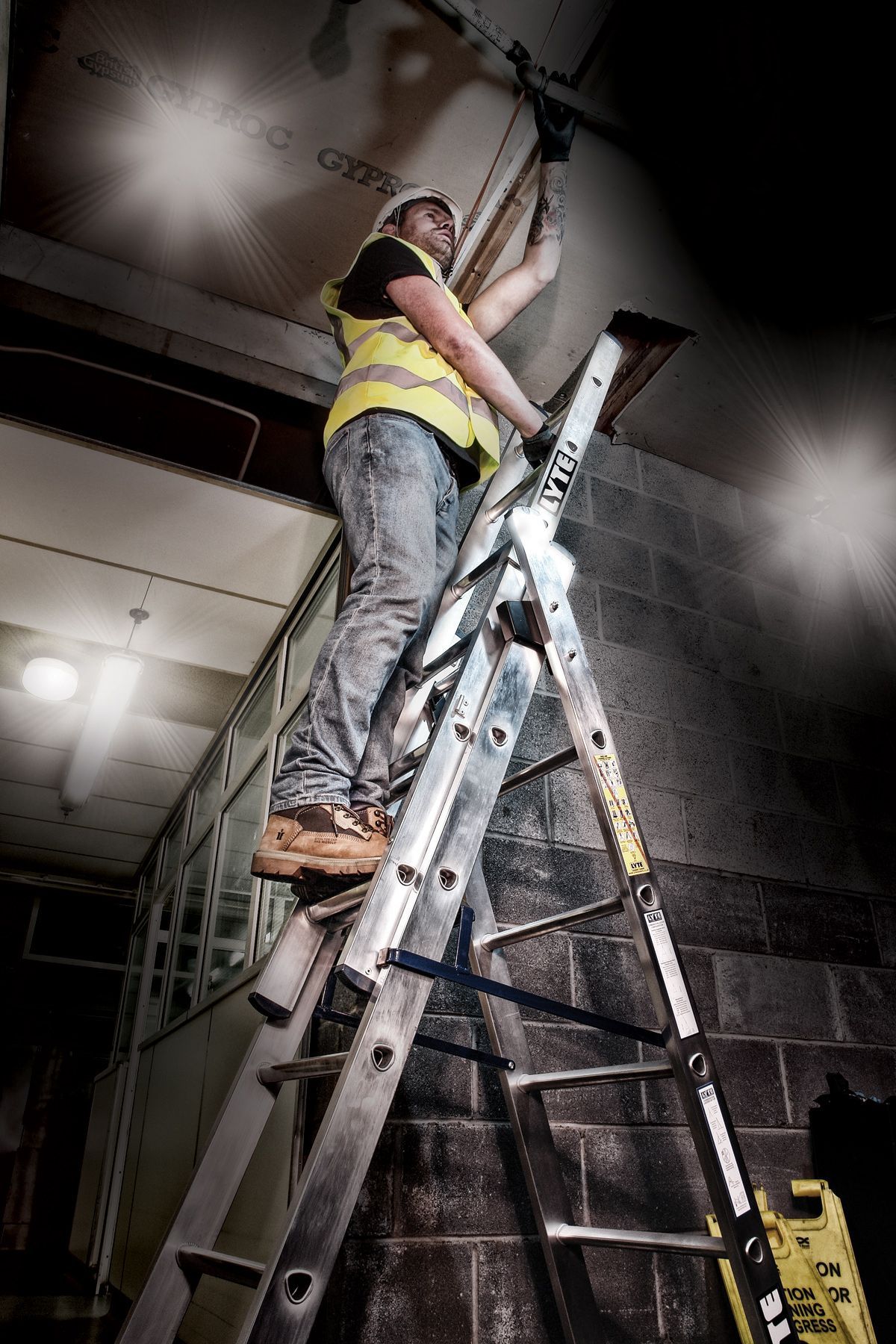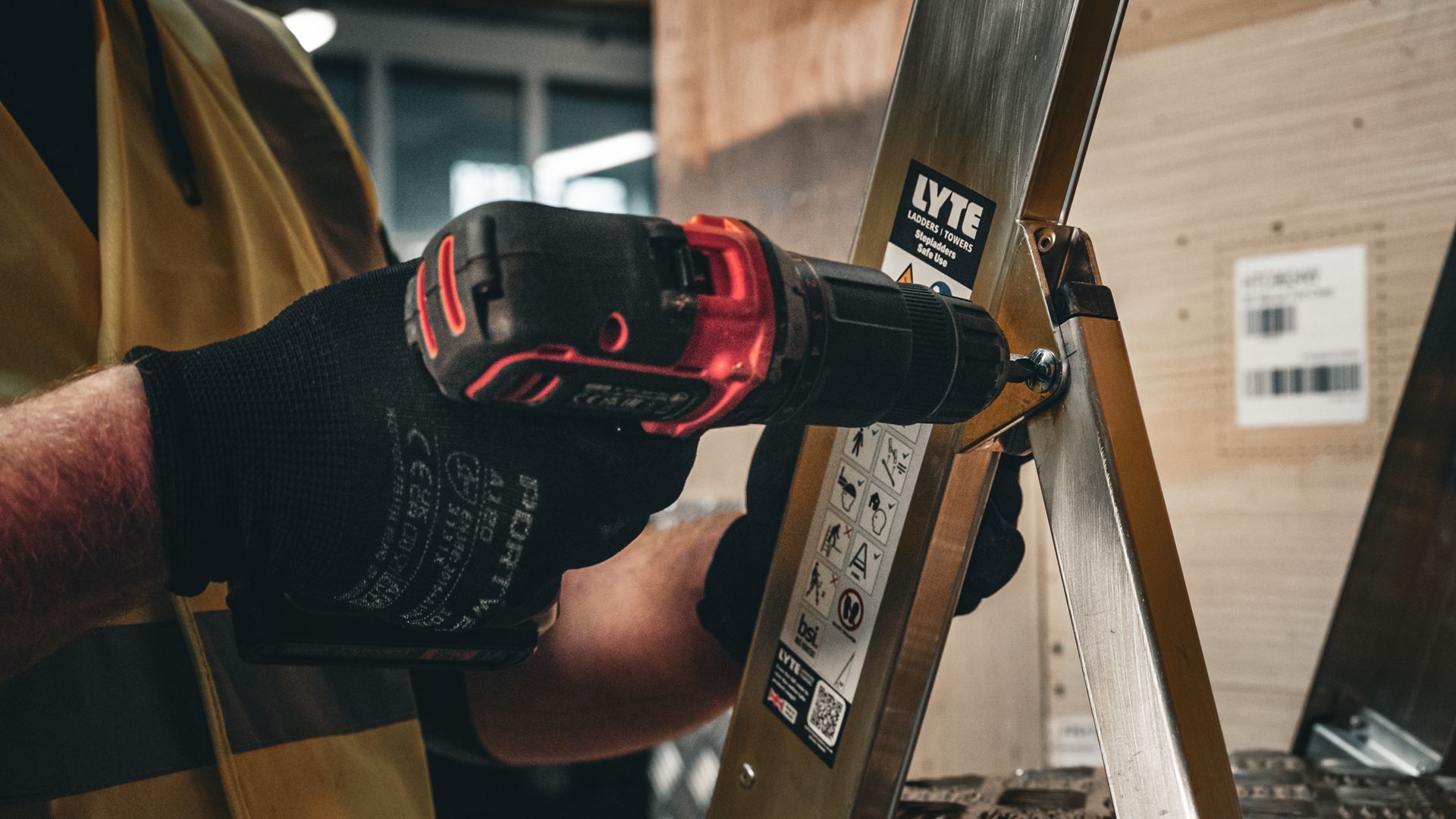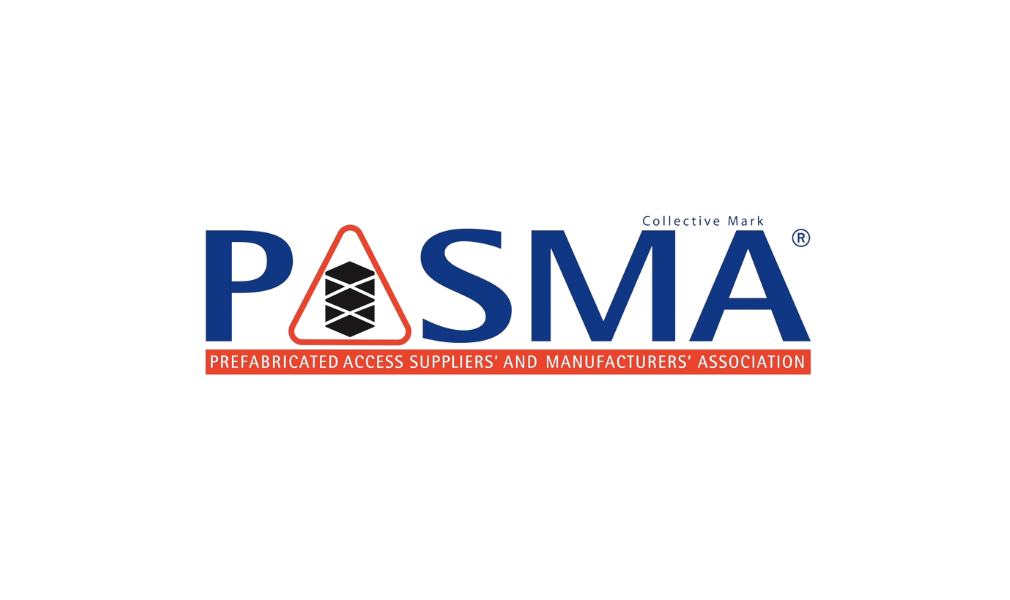The Ultimate Guide to Choosing Safe and Reliable Ladders for Trade Professionals
Working at height is a daily reality for trade professionals, from scaffolders and roofers to facilities managers and contractors. While these tasks are essential, they come with significant risks! Falls from height remain one of the leading causes of work-related injuries in the UK.
So, how can you ensure safety, compliance, and efficiency on the job? It starts with using the right access equipment, understanding safety standards, and following best practices to protect yourself and your team.
In this guide, we’ll share actionable safety tips, explore industry standards, and explain why choosing high-quality access solutions, like those manufactured by Lyte Ladders, is key to working safely at height.
Understanding UK Ladder Safety Standards
When working at height, using equipment that meets industry standards isn’t just important, it’s an essential safety requirement. Here are the key UK standards you need to know:
- EN131: The European standard for ladders, covering professional and non-professional use (BS EN131 is the British version which came into force from 2019). Ladders compliant with EN131 are rigorously tested for strength, stability, and durability.
- BS2037/BS1129: Now withdrawn and replaced by EN131, however, these standards are still trusted in certain trade applications.
- PASMA: Ensures the safe use of mobile towers through training and certification.
- HSE Guidance: Outlines best practices for ladder use and fall protection when working at height.
Before starting a job, always check that your ladder or access equipment is compliant with these standards — your safety depends on it.
Choosing the Right Access Equipment for the Job
Using the right ladder or access solution for your specific task is critical for safety and efficiency. Here’s how to choose wisely:
- Step Ladders - Ideal for jobs that require stable, low-level access, such as maintenance or indoor tasks.
Tip: Calculate your working height requirement to assess how many treads you need on your step ladder, excluding the top 3 treads.
- Extension Ladders - Perfect for jobs requiring access to greater heights, such as roofing and exterior work.
Tip: Ensure the ladder is set at the correct angle (1:4 ratio) and extends at least 1 metre above the landing point for safe use.
- Roof Ladders - Specifically designed for safe access to pitched roofs with hooks and reinforced stiles for added security.
Tip: Always secure roof ladders before use and avoid overloading them.
- Mobile Towers - A safe solution for tasks requiring extended periods of access at height, such as construction or refurbishment projects.
Tip: Ensure proper assembly and always follow PASMA guidance for safe use.
By selecting the correct equipment, you reduce risks and improve efficiency on-site.
Safety Tips for Working at Height
Here are practical steps to ensure your safety when working with ladders and access equipment:
✅ Inspect Your Ladder Before Use:
- Check for visible damage like cracks, worn feet, or bent rungs.
- Ensure all components, including hinges and locks, are functioning properly.
✅ Follow the Three-Point Contact Rule:
- Always keep two hands and one foot (or two feet and one hand) on the ladder at all times.
✅ Secure the Ladder:
- Tie off ladders to a secure point or use stabilisers to prevent slipping or movement.
✅ Set Up on a Stable Surface:
- Avoid soft or uneven ground, and never use ladders in adverse weather conditions.
✅ Don’t Overreach:
- Keep your belt buckle between the stiles, and reposition the ladder if needed.
✅ Use the Right Weight Load:
- Ensure the ladder you’re using can safely carry your weight, tools, and materials.
✅ Stay Trained and Informed:
- Invest in training, like The Ladder Association or PASMA-certified courses, to understand safe working practices at height.
By following these steps, you can significantly reduce the risk of accidents and create a safer work environment.
Why Lyte Ladders Are the Trade Professional’s Choice
At Lyte Ladders, we’ve been manufacturing high-quality access equipment in the UK for over 75 years, supporting trade professionals with products they can trust. Here’s why our ladders stand out:
✔️
Built for Professionals: Our ladders and towers are designed specifically for trade and industrial use, combining strength, durability, and reliability.
✔️
Fully Compliant: Lyte products adhere to relevant safety standards, ensuring you can work with confidence.
✔️
UK-Made Quality: Manufactured in our Swansea-based factory, our products are tested rigorously to withstand daily professional use.
✔️ Sustainability Focus: We’ve introduced green aluminium and sustainable practices, ensuring our products are not only strong but eco-friendly.
When it comes to working at height, don’t settle for less—choose Lyte for access solutions that prioritise your safety and efficiency.
Safety Starts with the Right Equipment
For trade professionals, working at height safely requires preparation, the right equipment, and an understanding of industry standards. By choosing high-quality, compliant ladders and following safety best practices, you can protect yourself and your team while getting the job done efficiently.
At Lyte Ladders, we’re here to support you with access solutions built for the demands of professional use.
👉 Explore our range of professional ladders and towers here.
Your safety is our priority — let’s keep you working at height confidently and securely.









